Effective Letter to a Legislator Template for Clear Communication
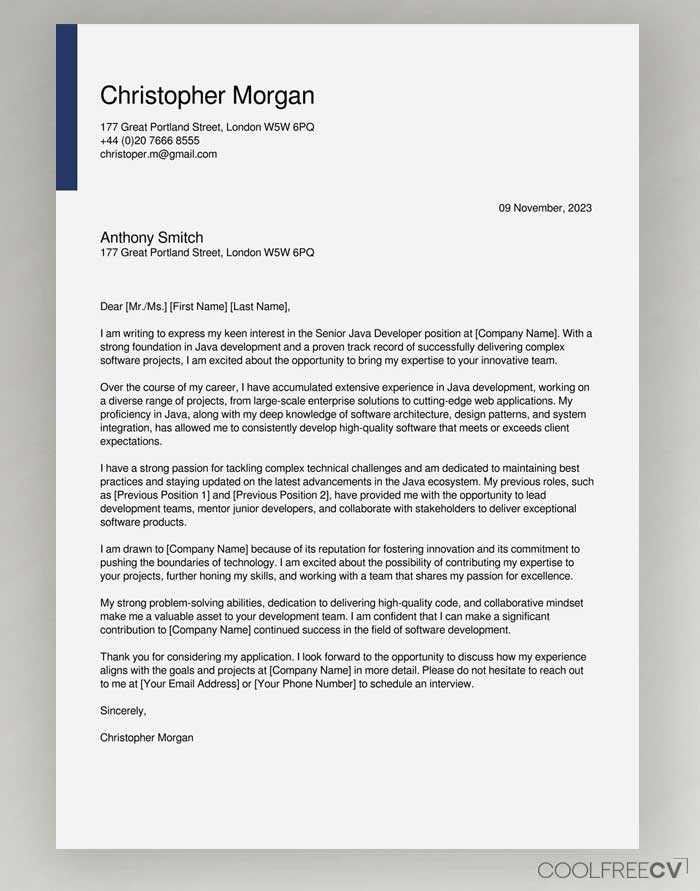
Reaching out to a government official is a powerful way to express concerns or provide feedback on important issues. Clear and concise communication can significantly impact decision-making processes and bring attention to relevant matters. Understanding how to structure your message ensures that it is both professional and impactful.
It’s crucial to approach your correspondence thoughtfully, emphasizing the key points while maintaining a respectful tone. A well-written communication fosters positive dialogue and increases the likelihood of your voice being heard. In this guide, we’ll explore the essential components of crafting a meaningful message that resonates with those in positions of power.
How to Start Your Communication Effectively
The opening of your message is essential to setting the tone and ensuring your points are received clearly. A strong start grabs attention and makes it easier for the recipient to understand your purpose right from the beginning. It’s important to be direct, polite, and concise when crafting your opening sentences.
Begin by addressing the recipient appropriately, ensuring that their title or position is correct. Then, clearly state the reason for reaching out. This helps to immediately inform the reader of the message’s purpose, making it easier for them to prioritize and respond to your communication.
Suggested Opening Formats
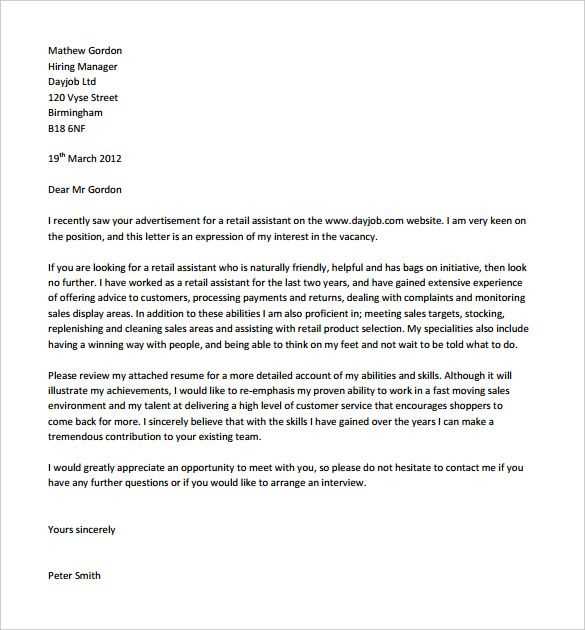
| Option | Example |
|---|---|
| Formal Greeting | Dear [Official’s Name], |
| Purpose Introduction | I am writing to express my concerns regarding [specific issue]. |
| Direct Approach | As a concerned member of your community, I would like to discuss [issue]. |
Key Considerations
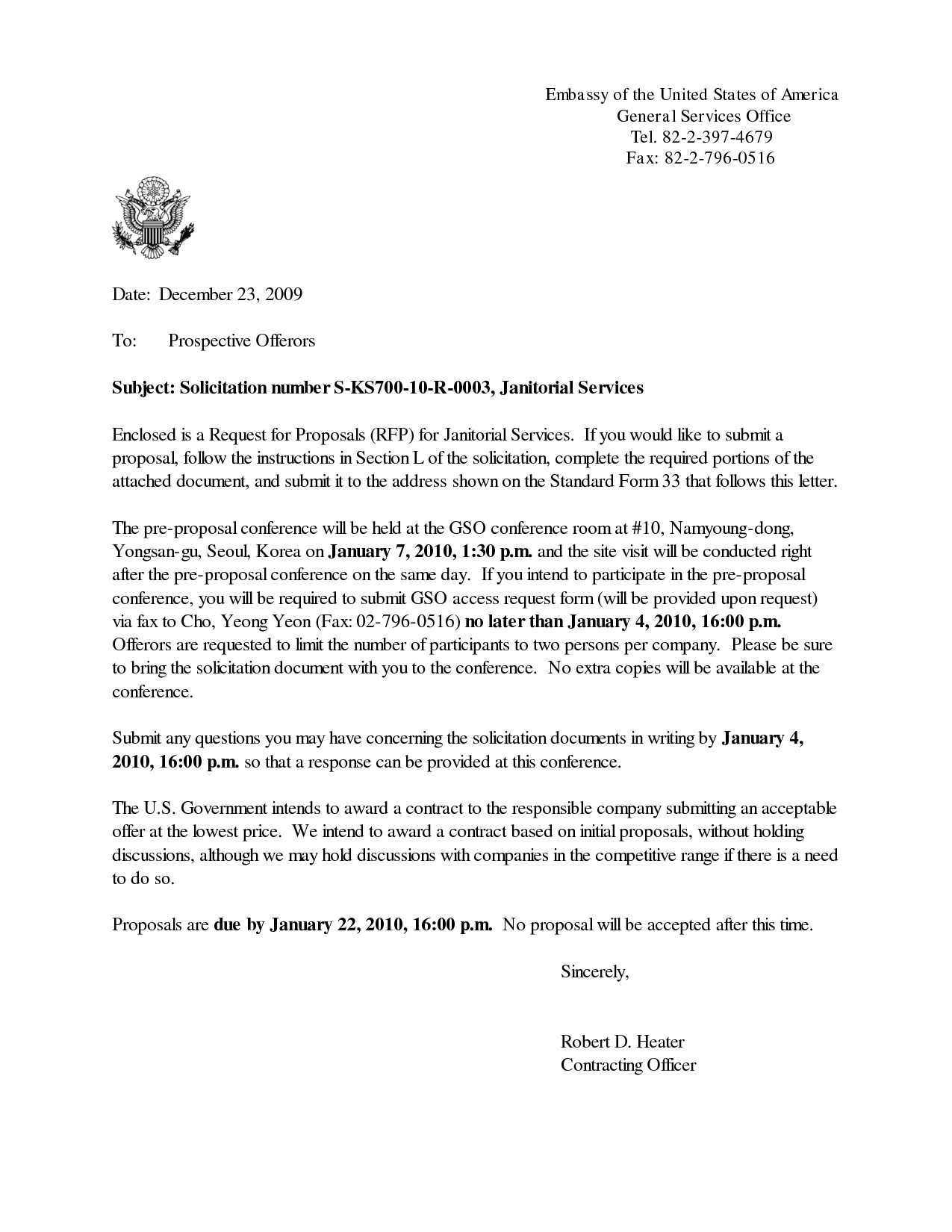
Being clear and specific about your intention will help guide the rest of your message. Avoid long-winded introductions; the goal is to state your purpose efficiently while establishing a respectful tone. This sets the foundation for the rest of the communication and increases the chances of receiving a prompt and thoughtful response.
Understanding the Purpose of Your Communication
Before writing any form of correspondence, it’s important to clearly understand your objective. Are you seeking to raise awareness about an issue, request action on a specific topic, or provide feedback on a policy? Knowing your goal helps shape the tone, content, and structure of your message, ensuring that it communicates exactly what you intend.
By identifying the core purpose of your communication, you can focus on delivering your message effectively and increase the likelihood that your concerns will be addressed. This step is crucial in crafting a thoughtful and direct approach that maximizes the impact of your communication.
Clarifying Your Intentions
Ask yourself what you aim to achieve with your message. Whether it’s to persuade, inform, or ask for help, a clear sense of purpose will guide your writing and determine the level of detail needed. For example, if you’re advocating for a change, your message might include proposed solutions or specific actions you’d like the recipient to take.
Tailoring Your Message
Once you have identified the purpose, tailor the content to address the issue in a straightforward manner. Avoid unnecessary details that might dilute the main point. A focused message will not only be easier to understand but also more likely to prompt a meaningful response.
Key Points to Include in Your Message
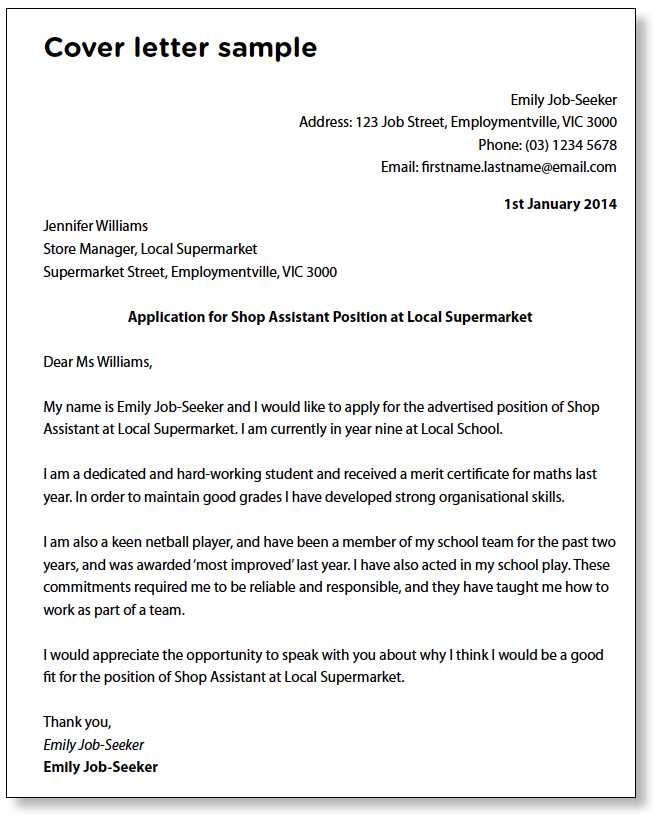
When crafting a message to a public official, it’s important to be clear and concise while covering the most important aspects. Your communication should contain several key elements that highlight your main concern, provide supporting information, and make your request or suggestion clear. These components are essential to ensure that your message is both effective and impactful.
Including relevant facts, a clear description of the issue, and any personal experiences can help strengthen your message. Furthermore, offering potential solutions or actions will demonstrate thoughtfulness and show that you are invested in finding a resolution. Each of these elements contributes to creating a well-rounded, compelling communication.
Essential Details to Provide
Be sure to include any necessary background information that explains the issue in context. For instance, if your message concerns a policy or legislative matter, including key dates, statistics, or examples will add credibility. Make sure to frame the issue in a way that is easily understandable to the recipient, even if they are unfamiliar with the specifics.
Clear Request or Action
Your message should conclude with a clear request or suggested action. Whether you’re asking for support, expressing your opinion, or requesting specific changes, make sure your desired outcome is unmistakable. This clarity will guide the recipient in understanding what you expect and how they can address your concerns.
Tips for Writing Persuasively and Professionally
Effective communication is about more than just presenting facts; it’s about engaging the reader and persuading them to consider your point of view. Whether you are advocating for a cause or providing feedback, writing persuasively and professionally will increase the impact of your message. Here are some key strategies to help you communicate with clarity and influence.
- Maintain a respectful tone: A professional, respectful approach ensures that your message is taken seriously. Avoid overly emotional language or harsh criticisms, as they can alienate the reader.
- Be concise: Keep your message focused. Long-winded sentences can dilute the strength of your argument, so stick to the essential points without unnecessary elaboration.
- Use credible sources: Strengthen your argument by citing reliable data, research, or expert opinions. This adds weight to your message and shows that you are well-informed.
- Highlight common ground: Finding shared interests or values can help build rapport and increase the likelihood of a positive response. Demonstrating mutual understanding makes your request seem more reasonable.
- Call to action: Be specific about what you would like the recipient to do. A clear request for action will guide their response and provide direction.
Focus on Clarity and Precision
Being clear and precise with your language helps prevent confusion and ensures that your message is understood. Avoid jargon or overly complex phrasing that could distract from your core points. Straightforward language, combined with careful structuring, will make your communication more impactful.
Revisit Your Message
Before sending, review your message for any inconsistencies or areas where your tone or language could be improved. Taking the time to proofread can help refine your argument and ensure your professionalism shines through.
Common Mistakes to Avoid in Correspondence
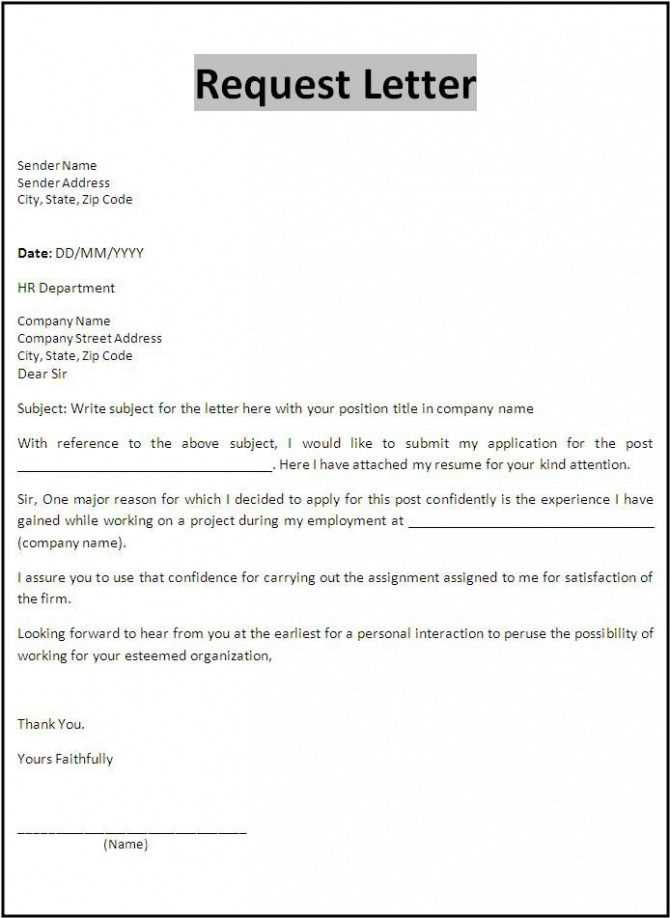
While crafting your message, it’s easy to overlook certain details that could undermine its effectiveness. Avoiding common pitfalls can help ensure that your communication is clear, professional, and impactful. Simple mistakes, such as poor tone or lack of clarity, can detract from the main point you are trying to convey.
It’s important to strike a balance between being direct and respectful, while also ensuring that your message is free of unnecessary errors. Below are some common mistakes to watch out for when composing your correspondence.
Overly Emotional or Aggressive Tone
While it’s natural to feel strongly about an issue, letting emotions take over can lead to a tone that appears aggressive or disrespectful. This can make the recipient less likely to respond positively. Instead, maintain a calm and professional tone, even if the topic is personal or controversial.
Vague or Unclear Requests
One of the most important aspects of effective communication is clarity. If your request or point is vague, it can confuse the reader and reduce the chances of action being taken. Always be specific about what you are asking for and make sure your message leaves no room for misunderstanding.
Formatting Guidelines for Maximum Impact
The way you present your message can significantly influence its effectiveness. Proper formatting not only enhances readability but also ensures that your key points stand out. Clear, organized communication helps guide the recipient through your message and increases the likelihood of a positive response.
Effective formatting goes beyond just appearance–it helps structure the content in a way that makes it easier to digest and act upon. Here are some essential tips for formatting your correspondence to create the greatest impact.
- Use clear and simple headings: Organize your content with descriptive headings. This allows the reader to quickly identify the sections and understand the flow of information.
- Be concise with paragraphs: Keep each paragraph short and focused on one idea. This makes your message easier to read and prevents overwhelming the recipient with large blocks of text.
- Prioritize important points: Use bullet points or numbered lists to highlight the most critical aspects of your communication. This helps the reader easily grasp the main takeaways.
- Keep a professional font: Choose a clean, readable font and use standard formatting (such as left-aligned text) to maintain professionalism. Avoid using excessive bold or italics, as it can distract from your message.
By following these formatting guidelines, you can ensure that your message is both effective and visually appealing, improving the chances that it will be taken seriously and acted upon.